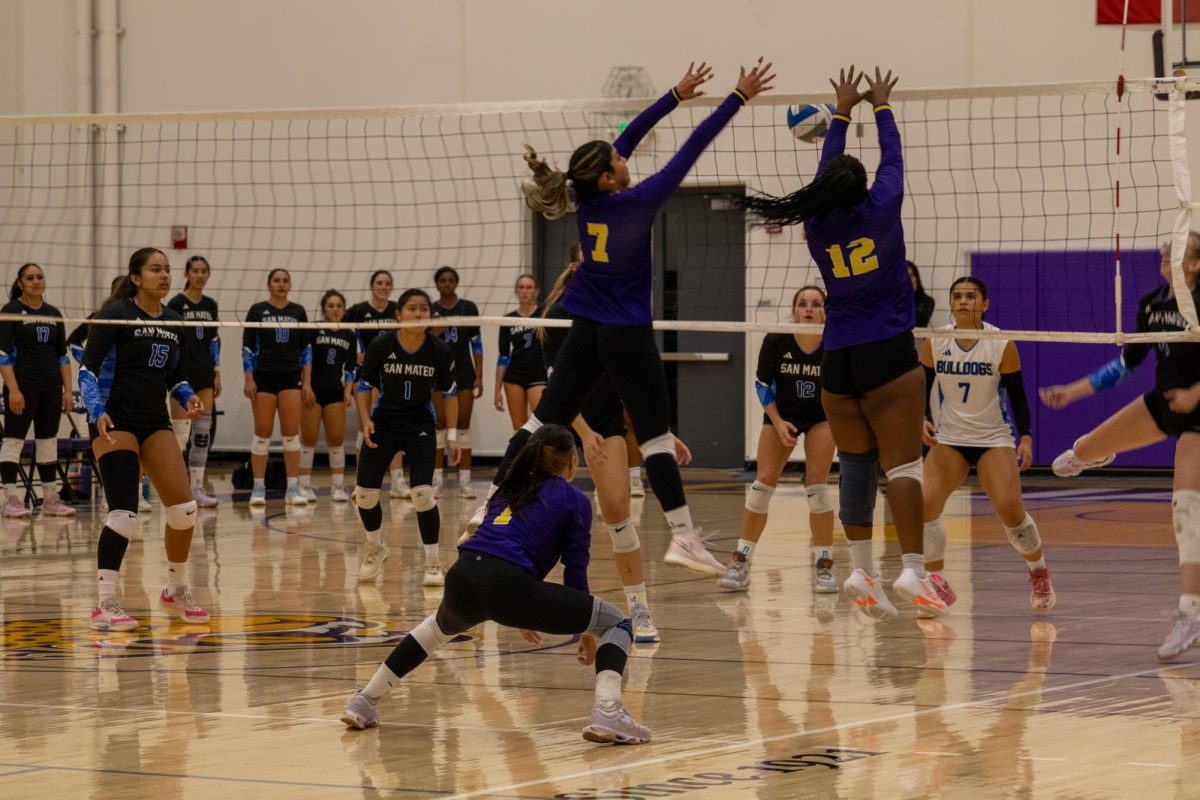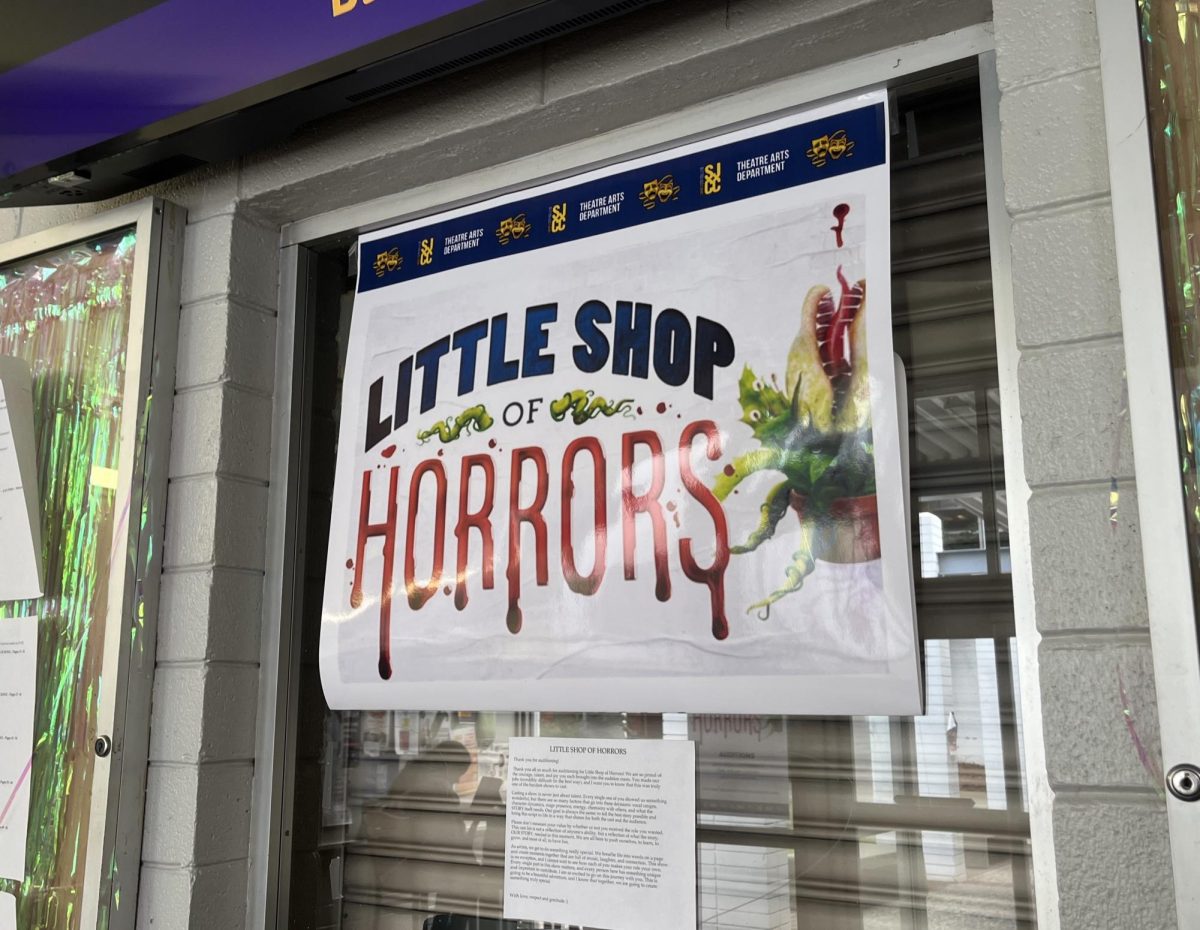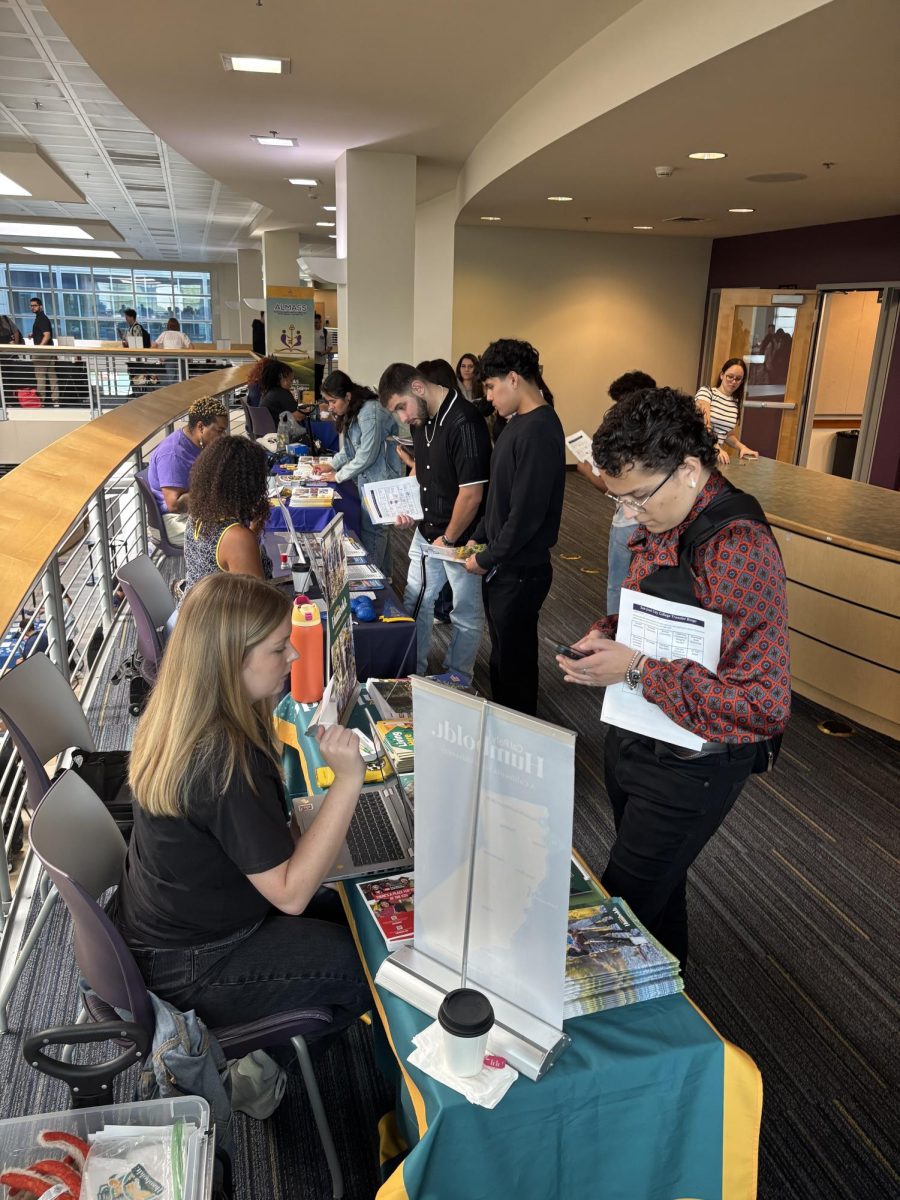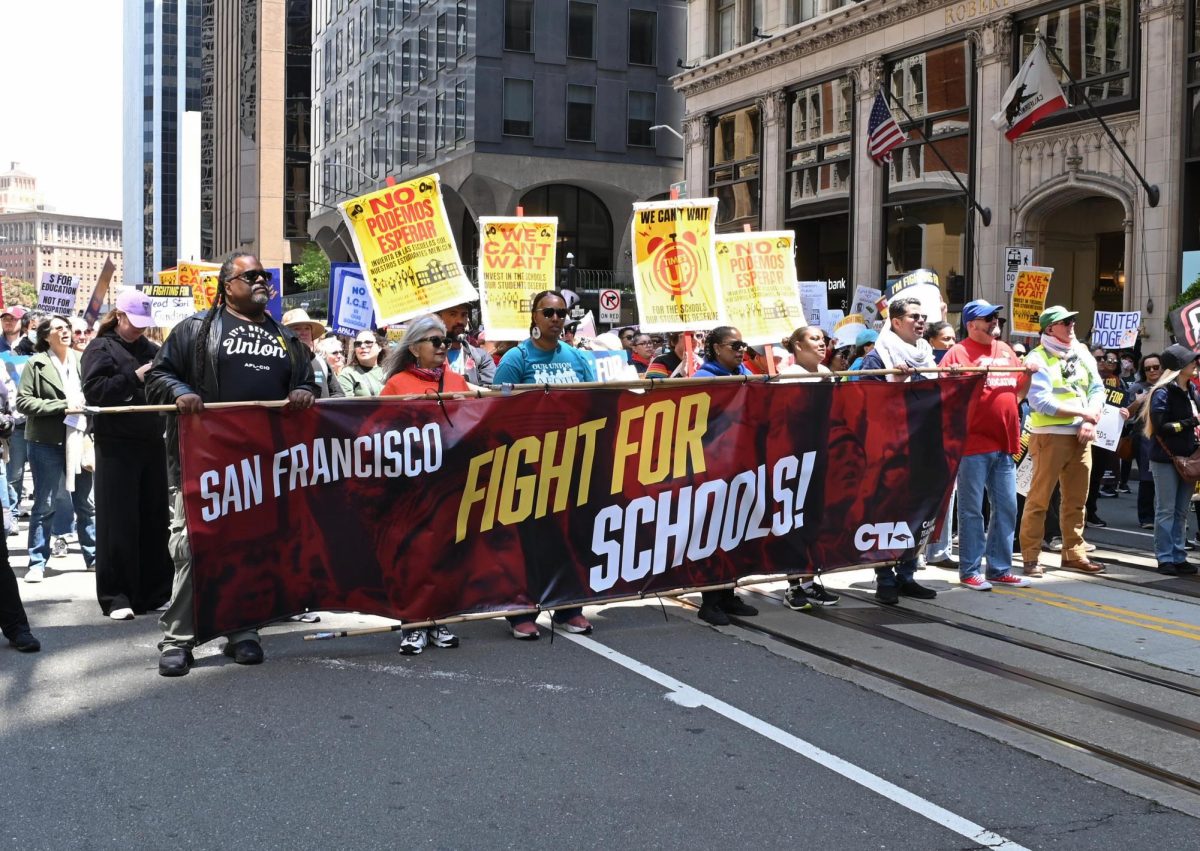For 55 years, San Jose City College found a way to sustain its baseball program; however, that all ended in 2010 with the suspension of the historic program. Multiple administrations came and went, but the narrative remains the same: baseball will not return to San Jose City’s campus any time soon.
The Program’s Legacy
SJCC’s last baseball season was in 2010. Prior to the suspension of the baseball program, the team built up 55 years of history. In that time, 72 players were drafted and sent to the minor leagues, with a total of eight making it to the majors. Two-time MLB All-Star pitcher Dave Righetti studied at SJCC in 1977. Later, after his playing career was over, he went on to win three World Series rings as the pitching coach of the San Francisco Giants. Another professional pitcher who started as a Jaguar is Dave Stieb. He first played as an outfielder and did not make the transition to a pitcher until he transferred to Southern Illinois University. Stieb would go on to be widely regarded as one of the best pitchers of the 1980s. The San Jose Sports Hall of Fame enshrined him in 2023.
The program enjoyed a winning record and even reached the super regionals in its last two seasons of play, 2009 and 2010. This was no small feat, particularly since in both of those seasons they played all their games at rented fields, including Wilcox High School. Despite the lack of a home field, the team still qualified for the playoffs and finished just one win away from securing a seat in the Final Four in its last season. The Jaguars placed fifth out of 44 teams.
Numerous other players went on to four-year universities on baseball scholarships. Over the last decade, SJCC lost the ability to attract baseball athletes with the same ambitions as these success stories, simply because the school no longer has a team to recruit them to. The school also loses out on enrollment. A baseball team consists of about thirty players, all of whom would be required to take at least twelve credits. In the last 14 years, SJCC has lost a potential of at least 420 full-time students.
Growing Pains
Back in the early 2000s, the school faced a problem: it needed space for parking to accommodate its growing population of commuter students. However, limited space and lack of options raised a hard question: where to build? The building plan changed multiple times as different administrations, each with their own priorities, came in and made the changes they saw necessary.
“At that time parking was really tough, so they eyeballed where our field was here on Moore Park and Lee,” said Dwayne Bozic, the former assistant baseball coach who now works as the athletic department’s Equipment Manager.

The school decided to build a parking garage on what used to be the baseball field. They planned to build a new field for the baseball team in conjunction with a parking garage, to accommodate the need for parking and also provide the baseball program with a new stadium to call home.
As the building plan moved forward, the baseball team played home games at rented stadiums. One season tumbled into the next and the Jags played almost ten seasons without a home field. Then in 2007, the plan was approved and construction started, funded by bond funds which San Jose voters approved in the years leading up to the build. Anticipation peaked; it seemed like the Jaguars were on track to have a field to call home for the first time in nearly a decade.
Construction began and the existing baseball field was demolished to make room for the parking garage. Simultaneously, they cleared the land for the new baseball field. Construction ramped up, they built bleachers and even indoor batting cages. It seemed like everything was going according to plan. The nearly completed new stadium still needed turf to be installed, but that was not the issue that torpedoed the stadium. As construction neared its final stages, the school installed 90-foot-high poles intended to hold netting so that home run and foul baseballs would not make their way onto Lee Avenue. These poles ultimately spelled disaster for the Jaguars’ historic program.
Within weeks of erecting the poles, SJCC received a notice from a local neighborhood organization, Sherman Oaks Neighborhood Association (SONA), who demanded that the school remove them. They claimed that the 90-foot poles violated their personal space. In an interview with the San Jose Mercury News, Randi Kinman, the president of SONA at the time, said, “It’s such a day-to-day intrusion.” She added, “The effect of those poles is the effect of being in a cage when you’re sitting in your backyard. It’s a visual blight.” SJCC removed the poles shortly after the complaints and ultimately the board members and chancellor at the time decided not to go forward with building the new stadium. Doug Robb, the former baseball coach and current kinesiology instructor, argued that 30-foot poles were sufficient, but the administration decided to scrap the entire program instead. The school funded the cost of renting fields for home games for nearly a decade; however, after the 2010 season, they informed Robb they would no longer fund the team. The only option to keep the team alive would be for Robb to fundraise the necessary money for rental fees. The school chose to abandon the newly constructed stadium in its nearly completed state and suspended the entire baseball program.
“They could have adjusted what was out there, mitigated and figured it out, but they decided not to. And they chose to just not have it anymore but kept me on as a P.E teacher,” said Robb.

Ten years later and nothing has changed; what was once seen as a temporary solution now feels permanent.
“I have no ill will for anybody on this; I just think there were some really bad decisions made at the administrative level,” said Robb.
Coaches’ Journey
SJCC’s baseball program drew student-athletes to the school who hoped to achieve a scholarship to a four-year university. In the program’s 55 years, it produced 72 draft picks who got a chance to chase their dream in the major league. Coach Robb used this pipeline as a tool to recruit student-athletes. Robb recalls one of his most memorable seasons as coach at SJCC when three players transferred to the Pac 12 on baseball scholarships.
Robb started coaching in 1994 as a part-time associate head coach; he was also a kinesiology instructor at the time. In 1998, he became the full-time head coach for the Jags. Before SJCC, he played baseball professionally in Italy. When asked about his experience playing pro ball in Europe, Robb reminisced, “It was just awesome, I was young and single. I played ball, and they paid for everything. They gave me a car and an apartment. I had it all.”
After Robb became head coach of the SJCC baseball team, he quickly recruited Bozic to join him as assistant coach. Bozic served as assistant coach for ten years (1994-2004). He would return after the suspension of the baseball program as an equipment manager for the college’s sports teams. He works hard to make sure teams look sharp when they go out onto the field or court. Bozic’s passion for sports carries over into the pride he takes in ensuring student-athletes have the best equipment possible. Speaking with Bozic, his passion for all things sports was palpable as is his frustration over the dismantling of the baseball program. “We got no backing here,” he said before quickly pointing out that San Francisco City College found a way to keep its program even after losing its stadium. “How come they have a team and they’ve been the doormat of the Coast Conference for years now? How come they can do it and we can’t?” Bozic still admires the original blueprint for the stadium. He keeps it in a place that he walks by every day. It’s on the wall behind a rack of uniforms. When he pulls the uniforms back to unveil the abandoned project, nostalgia overcomes him. He’s kept the blueprint on the wall in his office for 14 years.

Baseball, not on the Forecast
SJCC built up more than 100 years of tradition since its founding in 1921. For more than half of its time in existence, baseball was synonymous with SJCC. The program provided a source of pride for the students as well as a route for student-athletes to chase their dreams. It has now been more than a decade since a baseball has been pitched or a bat has been swung on campus. According to Coach Robb, the chances to bring back the team is slim to none.
“The only solution I see right now is building a field out at Evergreen Valley College.” This solution would pose other challenges as students who don’t take classes at Evergreen would need to commute to practice and home games; however, it may be the compromise needed to bring baseball back.






